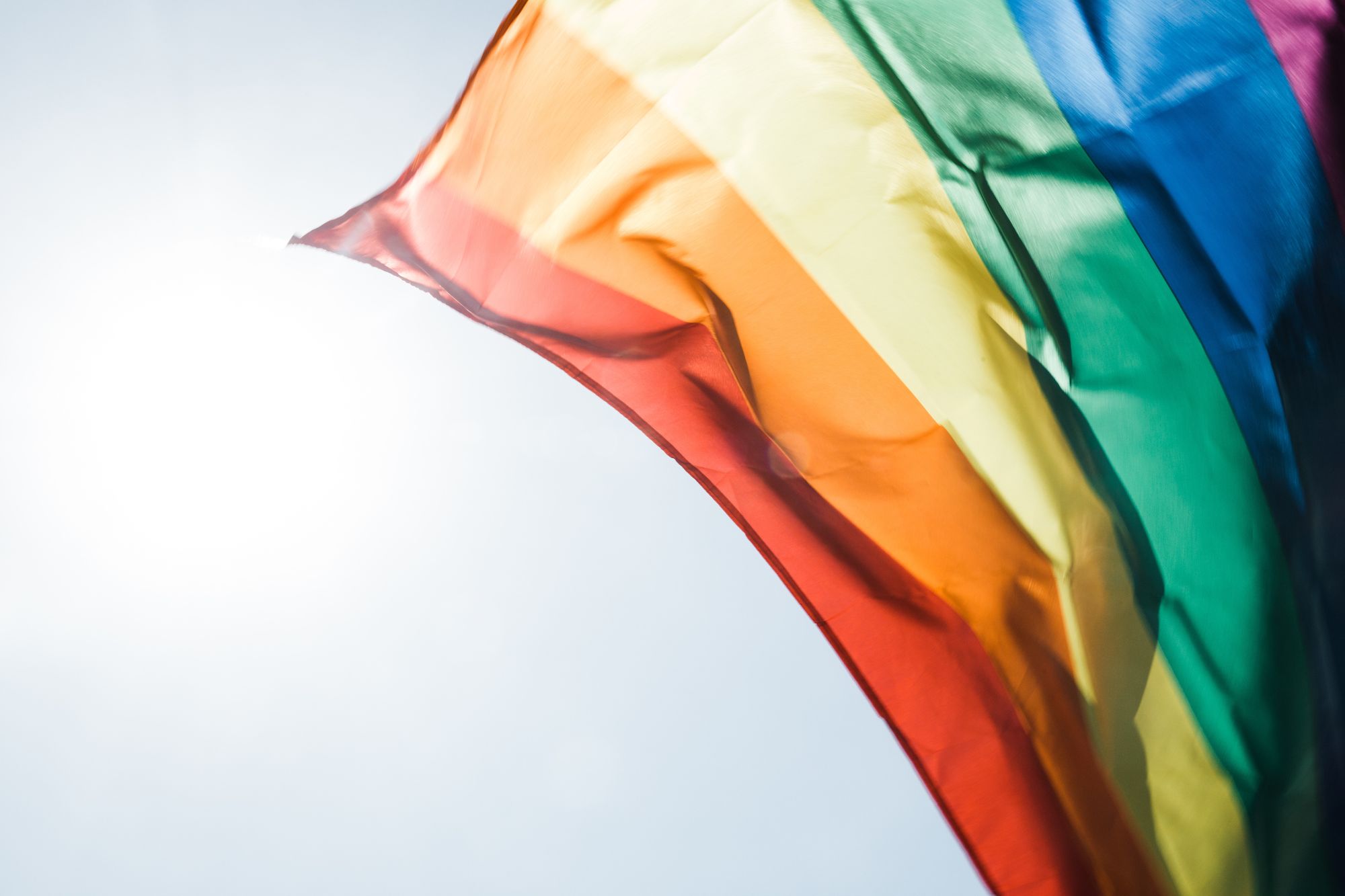
50+ Resources For LGBTQIA Allies

Former Director of People @ Buffer
Learning about the experiences and history of LGBTQ+ people shouldn’t stop after June, which is why we wanted to share an updated list of resources to help us all learn how to be the best allies we can be!
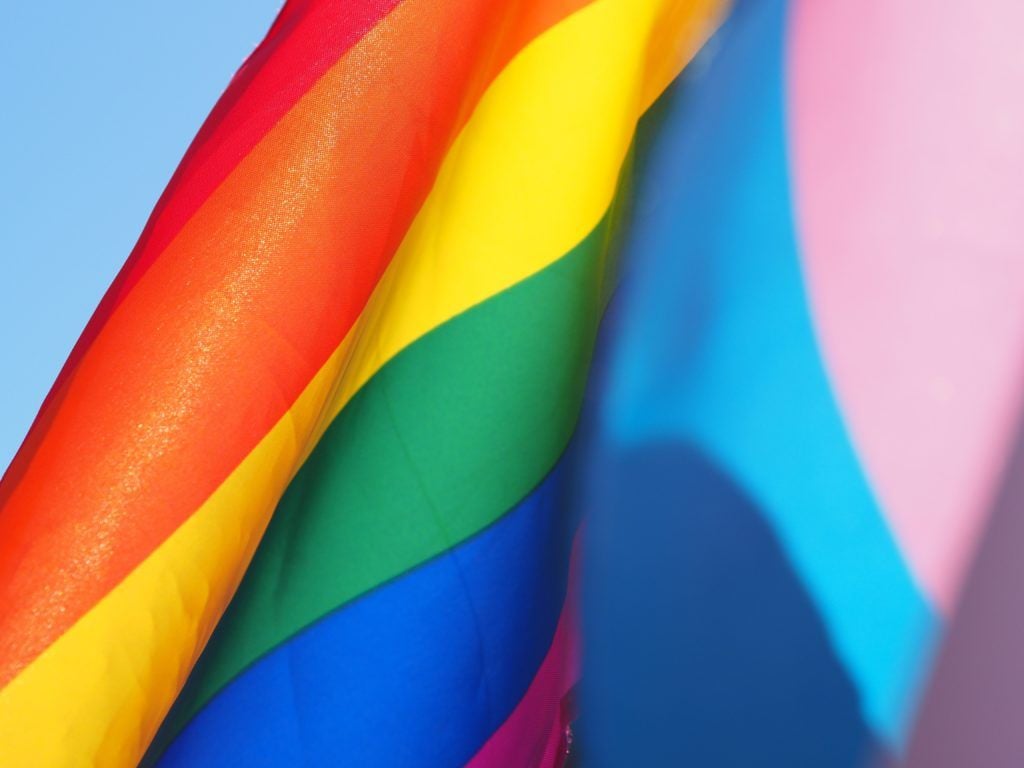
First, a brief history of Pride
Although Pride might seem like a month of parades and glitter these days, its origins are far from celebratory. The first Pride rally occurred a month after the Stonewall riots in 1969.
A well-known gay bar, Stonewall was a safe space for drag queens, trans folk and the LGTBQ community. Back then, police raids on gay bars were happening so frequently that many thought they were trying to extinguish gay nightlife altogether.
On June 28, 1969, during another typical night of police persecution, Stonewall patrons fought back – and created a watershed moment for the queer movement in the United States. On the one-year anniversary of the riots, events held to commemorate the riot became the first spark of what would become Pride.
Today, Pride events commemorate the history of the LGBTQIA social movement and mark an opportunity for the community to come together. Celebration is a big part of it, but it’s key to remember the activism and bravery that started it all.
OK, so what exactly is LGBTQIA?
LGBTQIA is an acronym that collectively refers to individuals who identify as in any of the following ways:
- lesbian
- gay
- bisexual
- transgender
- queer
- intersex
- asexual
A more complete acronym is LGBTQQIAAP: lesbian, gay, bisexual, transgender, transexual, queer, questioning, intersex, ally, asexual, and pansexual:
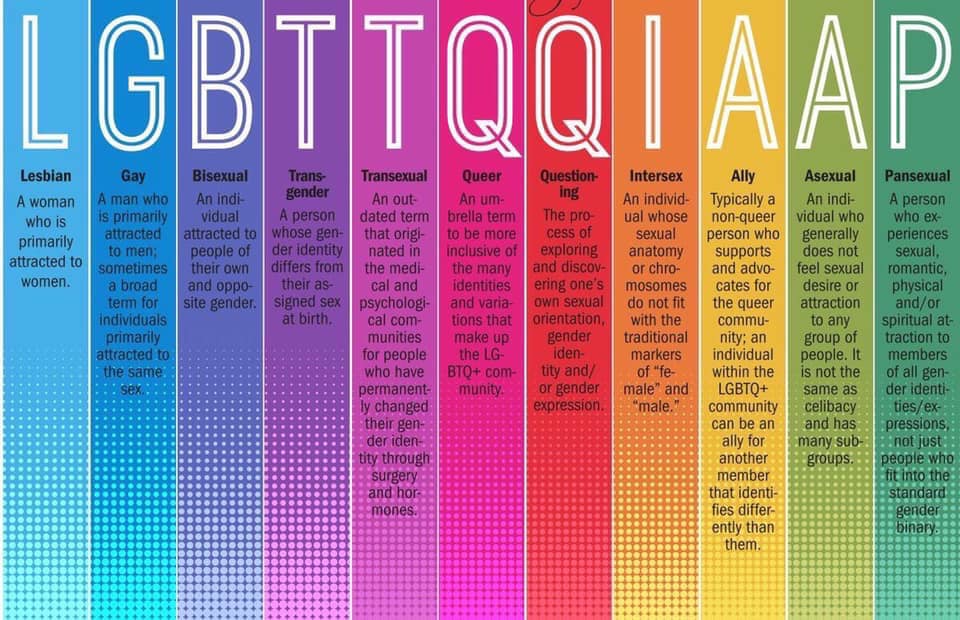
An even more comprehensive (though still not exhaustive) acronym is LGBTQQIP2SAA: lesbian, gay, bisexual, transgender, questioning, queer, intersex, pansexual, two-spirit (2S), androgynous, and asexual. Here’s a more detailed explanation:
A growing movement lobbies for dropping the rapidly growing acronym and replacing it with the umbrella term GSM, standing for “gender and sexual minorities.”
Clearly there many options to collectively refer to this large and diverse community – and of course, differences of opinion. In the end, it’s not about using the perfect acronym, but it is about trying to respect all people with our language.
LGBTQIA Vocabulary Lists
Anxious about saying the wrong thing? Lots of us talk as little as possible about issues of sexuality and gender expression identity because we’re worried about messing it all up.
These glossaries can help make conversations easier and help all of us acquire the language to be as respectful and accurate as possible with our language.
A quick caveat: Vocabulary is evolving rapidly in these areas, and definitions can often vary across communities and individuals!
- The New York Times’ The ABCs of L.G.B.T.Q.I.A.+ (a quick-read primer on basic identities)
- Human Right’s Campaign’s Glossary (quick and handy for referencing)
- PFLAG (Parents and Friends of Lesbians and Gays)’s National Glossary of Terms (goes deeper into gender topics)
- It’s Pronounced Metrosexual’s Comprehensive List of LGBTQ+ Vocabulary Definitions (the most comprehensive list!)
- Conscious Style Guide’s Gender, Sex, and Sexuality Guide (great resources for journalists, reporters, anyone who’s writing about sex and /gender)
- Progressive Style Guide
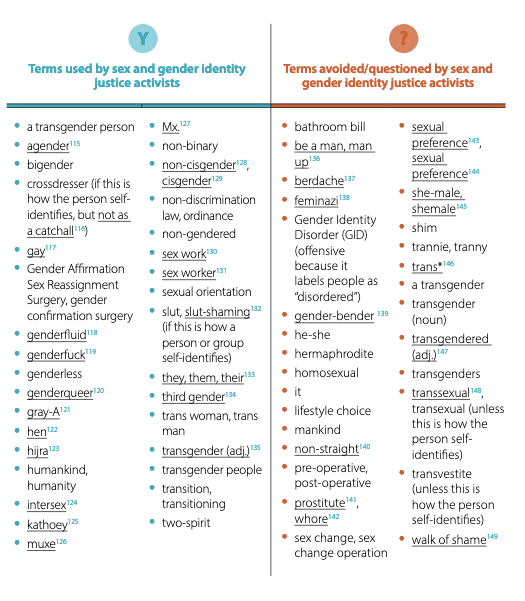
Some great starting-place videos for allies
Twitter lists
Adding different voices to your social media following can be a great way to break out of your filter bubble. This great Twitter thread from Marco Rogers is a great primer on how to make it happen. Or check out the lists below:
- Fast Company’s Queer 50 List
- Lesbians Who Tech’s Tech Diversity Inclusion list
- Ben Francisco’s list of LGBTQ leaders, writers, news sources, nonprofits, funders, and activists.
- I made a list just for this blog post!
- If you’re in tech, here’s a handful of diversity in tech lists
Instagram lists
Instagram is increasingly a great place to go to get a view into perspectives outside your own. Here are some places to start:
- Refinery29’s 8 Queer History & Culture Instagrams To Follow Right Now
- AutoStraddle’s 23 Black Queer and Trans Femmes to Follow on Instagram
- AutoStraddle’s 16 Lesbian, Bisexual and Queer Instagram Accounts to Introduce You to Herstory
- Bust’s 10 Queer Instagram Accounts You Need to Follow Right Now
- Out’s Most Exciting Queers to Follow on Instagram in 2019
- them’s Most Exciting Queers to Follow on Instagram
- Mashable’s best places to find queer joy on Instagram
Resource lists
General LGBTQ resources
- GLAAD’s LGBTQ Resource List
- Straight for Equality has a great list of workplace learning sessions
- The HRC Corporate Equality Index: Designed to help you learn more about where your company stands when it comes to equality.
- Breaking Binaries Worksheet: Use this worksheet to understand how you personally understand your assigned birth sex, gender expression, gender identity, and sexual orientation. It can be a conversation starter about non-binary identities.
- Test Prep Insight's College Guide and Resources For LGBTQ Students: This guide covers all aspects of college life for LGBTQ students, including common challenges, tips for integrating into campus life, and perhaps most importantly, guidance from experts on navigating college relationships.
- LGBT Scholarships: Equal Possibilities for High-Quality Education
- Ultimate Guide to Resources for LGBTQ+ Students: This guide covers resources for LGBTQ+ students in higher education, including scholarships, events, clubs, anti-bullying hotlines, and more.
- Medically Unnecessary Surgeries on Intersex Children in the US
- Resources from the American Psychological Association:
- RetireGuide's LGBTQ+ Elder Health Care Guide
- Gender-Affirming Communication & Care Resources:
- Gender-Affirming Verbal Communication: A resource exploring inclusive verbal communication techniques in gender-affirming care.
- Nurses' Comprehensive Guide to Gender-Affirming Care: A practical guide for nurses on providing respectful, inclusive, and affirming care to transgender and non-binary patients.
- LGBTQIAP support in social work resource guide: A guide providing a basic overview of the LGBTQIAP acronyms, describes the history of discrimination, marginalization, and erasure community members have endured, social work values and responsibilities to this community, and how you can learn about LGBTQIAP issues and resources.
Trans-specific resources
- GLAAD’s Tips for Allies of Transgender People
- HRC’s Be an Ally - Support Trans Equality
- Action Tips for Allies of Trans People
- Trans Ally Resources
- them’s Trans Voices series on YouTube
Ally-specific resources
- The Better Allies email list shares 5 weekly actions to create a more inclusive workplace
- Gay City New’s Pride Month 2021: A Guide to Being an Ally
- PFLAG’s We Are All Allies offers some quick starting points for all allies
- 10 ways to be an ally to Black LGBT people
- The Guide to Being a Straight Ally: Learn more about what it means to be a straight ally and get some great tips and tools to being more supportive of your LGBTQ, friends, family, and colleagues.
Books and movies lists
Ready to dive deeper? Here are some book lists to deepen your journey as an ally.
- 25 LGBTQ Books for Pride Month That Inform and Entertain
- 20 books that are essential reading this Pride Month
- Hachett’s Essential Reading on the LGBTQ Journey
- Penguin/Random House’s Ultimate LGBTQIA+ Pride Book List
- 20 LGBTQ Movies Everyone Should Watch At Least Once
- Celebrate Pride Month With the 14 Best Gay/LGBTQ Movies on Netflix Right Now
Over to you
I learned a lot while researching this list (I personally still have a lot to learn about the history of the movement) , and I hope some of this information will be helpful to you, too.
We want to hear what’s on your list, too! Please add your favorite resources in the comments so we can all keep learning together!
Try Buffer for free
180,000+ creators, small businesses, and marketers use Buffer to grow their audiences every month.
Related Articles
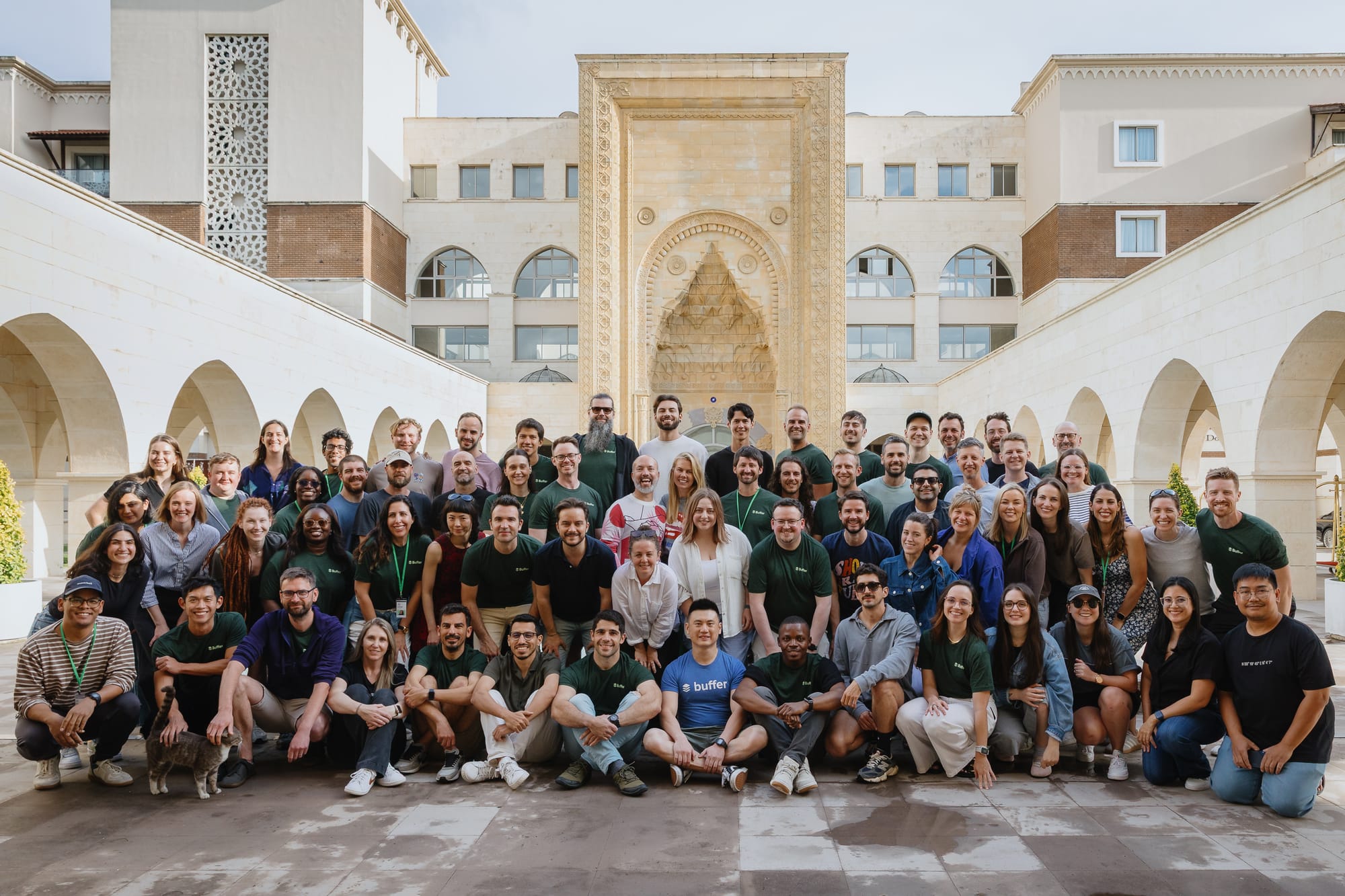
We've been hosting Retreats at Buffer for 12+ years. In this article, we've detailed everything we've learned from 14 Retreats.
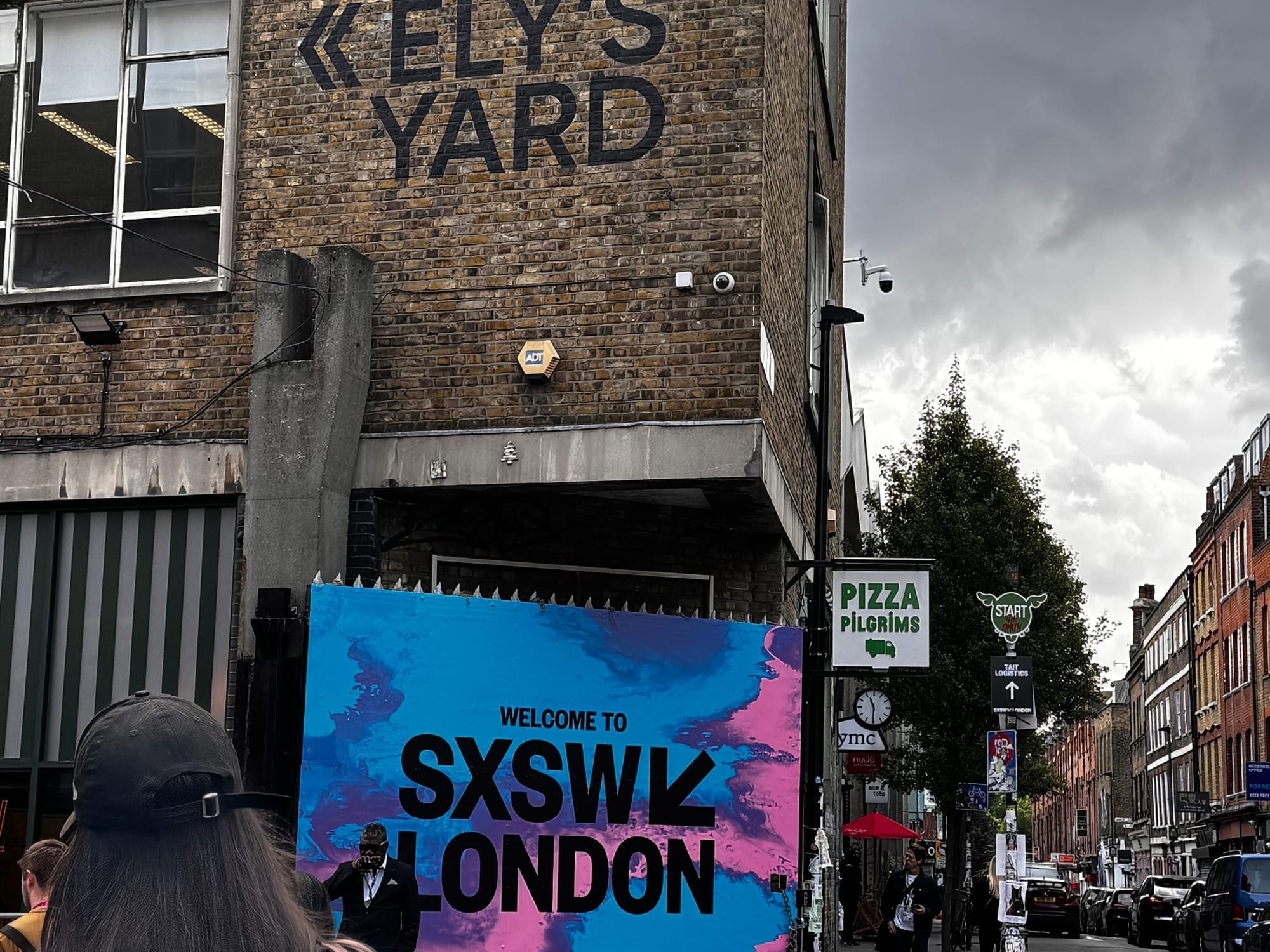
I recently attended my first in-person, international conference. Here's what I learned.
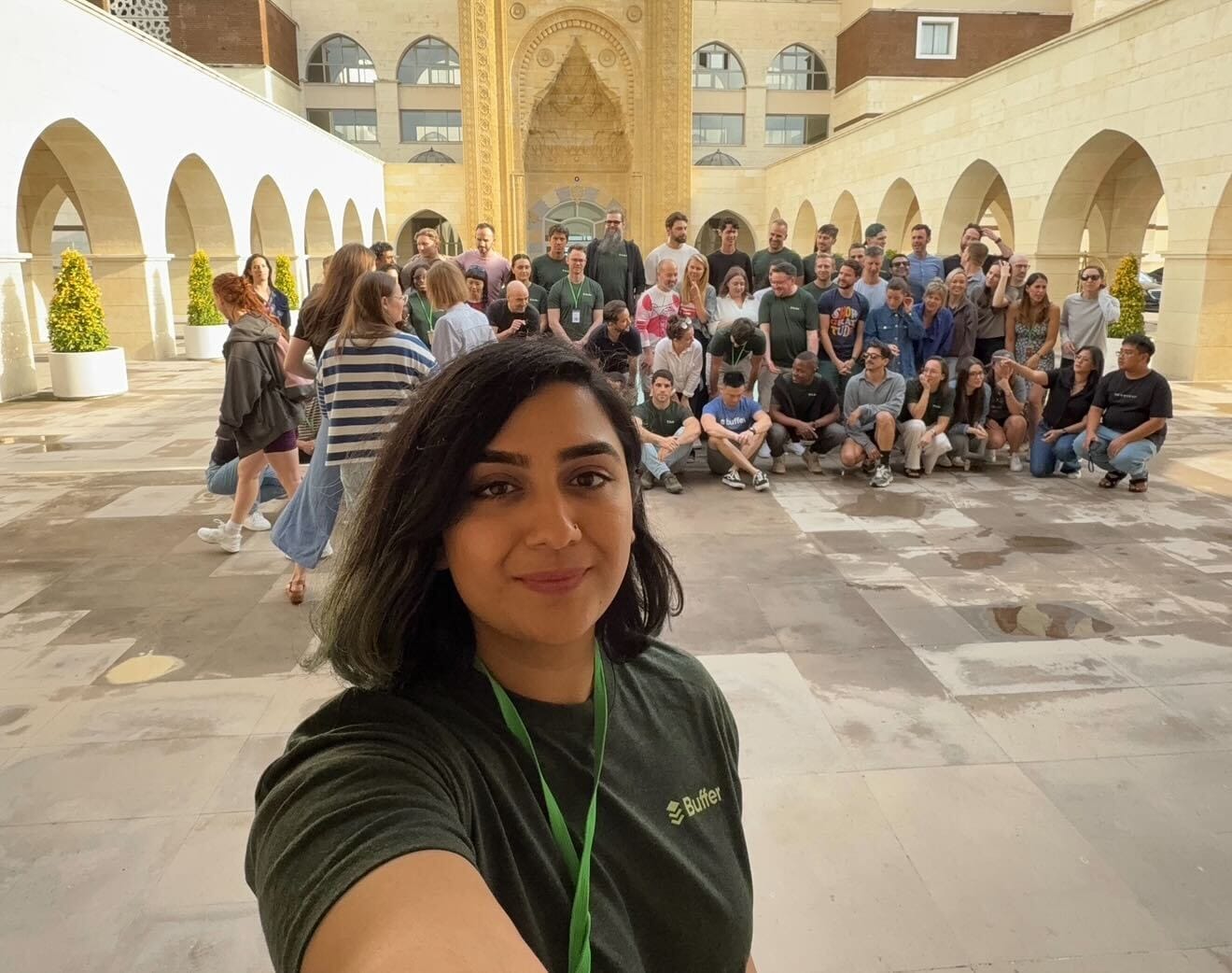
What it was like to join a fully remote team like Buffer, and how going on the company retreat so early on helped shape my journey in ways I hadn’t imagined.